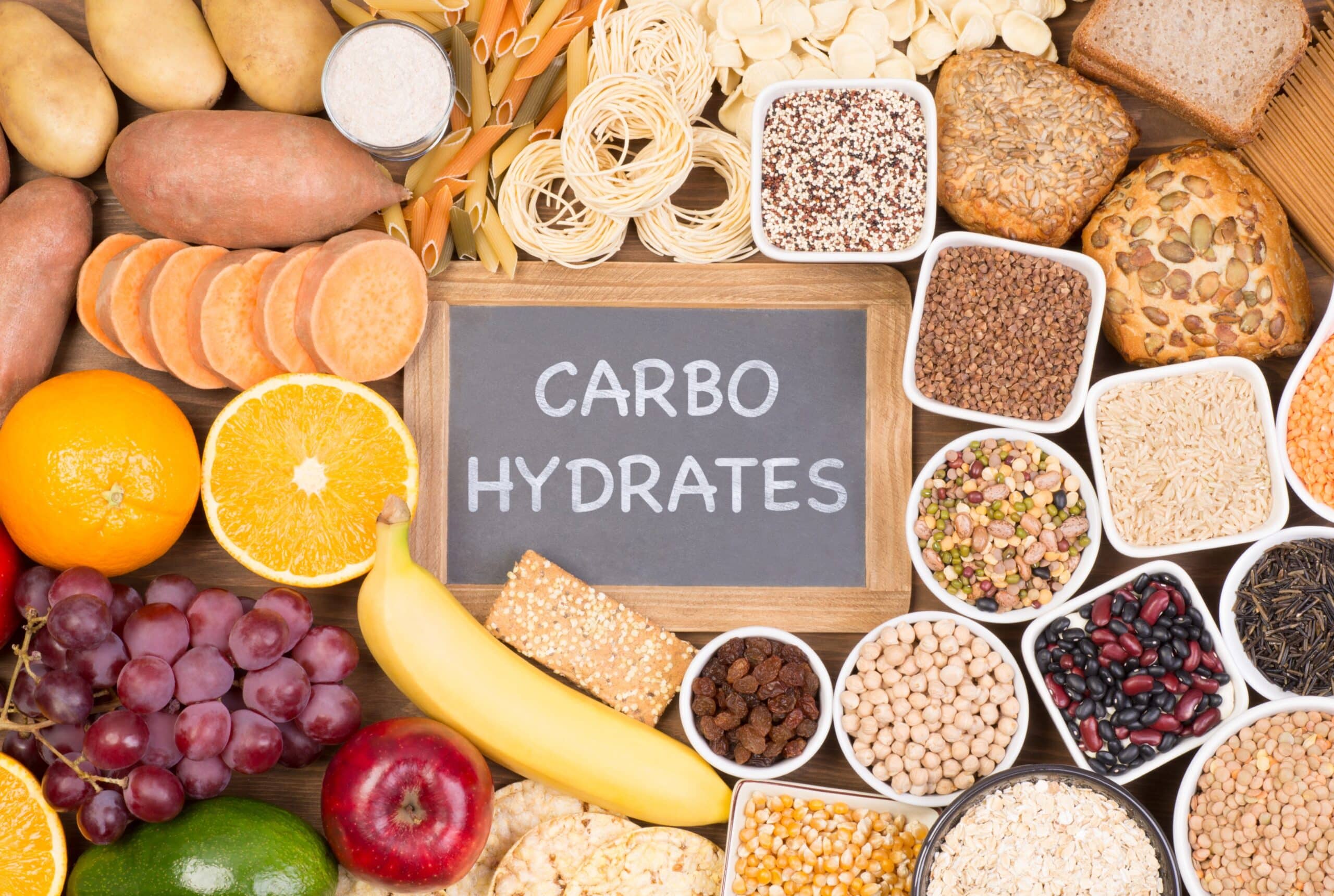Human civilization has been powered by starch throughout history.
And so the only ground for debate is really which clean diet plan you choose in order to escape the explosion of Western diseases linked to our toxic food.
I’d like to discuss one you might want to consider: the McDougall Program. Dr. John McDougall may not be the most well-known nutrition expert, but he is a board-certified internist who has been researching and prescribing a conservative form of medicine for 40 years. His work is supported by published research as well as thousands of adoring patients.
What is the McDougall Program?
These days, you may hear many people recommending reducing carbs, particularly starchy carbs. But Dr. McDougall has seen huge success with patients by actually emphasizing a “starch-avoric” diet that fills you up and powers your day.
The diet was developed in the early 1970s when Dr. McDougall was practicing medicine on a sugar plantation in Hawaii. He observed the health of families decline as they traded the starch-rich diets of their native Asian countries, based on rice and potatoes, for the new American choices heavy in animal products and vegetable oils. The second and third generations of immigrant workers experienced new and serious health problems as result.
And so he began treating patients with vegan diets (no meat, fish, eggs, dairy) that were also free of vegetable oils (olive, corn, safflower, flaxseed, canola) and were rich in common starches (corn, rice, oats, barley, potatoes, sweet potatoes, beans, peas, and lentils). Fresh fruit and non-starchy green, orange, and yellow vegetables were also included. Overall, the diet was about 80 percent complex carbohydrates, 12 percent protein, and 8 percent fat. Spices were also used, along with small amounts of salt and sugar.
My Experience with Starch Diets
I attended a weekend course with Dr. McDougall and I found eating on the program to be delicious and filling. Here’s what a typical day of meals looked like:
- Breakfast: Oatmeal and pancakes with potatoes and beans
- Lunch: Rice, beans, corn and potatoes used for chili, casseroles and soups (with the option of salad and greens)
- Dinner: Tofu over rice, bean and sweet potato salads, and fruit crisp for dessert
What are the benefits?
Dr. McDougall recently published a study in the Nutrition Journal that showed the effects of one week following the program. After seven days, there was an average weight loss of 3 pounds. And even though most blood pressure and diabetic medications were reduced or eliminated on the first day, systolic blood pressure fell 8 mm Hg and blood glucose also dropped. Heart disease risk calculated with a standard formula fell from greater than 7.5 percent over 10 years to 5.5 percent.
What to do?
Whether it is corn and yucca among Native Americans, potatoes in South America, millet in Africa, barley in the Middle East, rice in Asia, or sorghum in East Africa, human civilization has been powered by starch throughout history. The chronic afflictions of heart attacks, type 2 diabetes, obesity, and dementia, which plague our society, were all rare in these native populations. Among the people who lived longest in the world, in Okinawa, Japan, carbohydrates constitute 80 percent or more of their calories, predominantly from sweet potatoes.
We live in an era when $10 raw green juice is a status symbol. But for your health, consider filling your grocery cart and your family’s plate with low-cost beans, rice, and potatoes.




